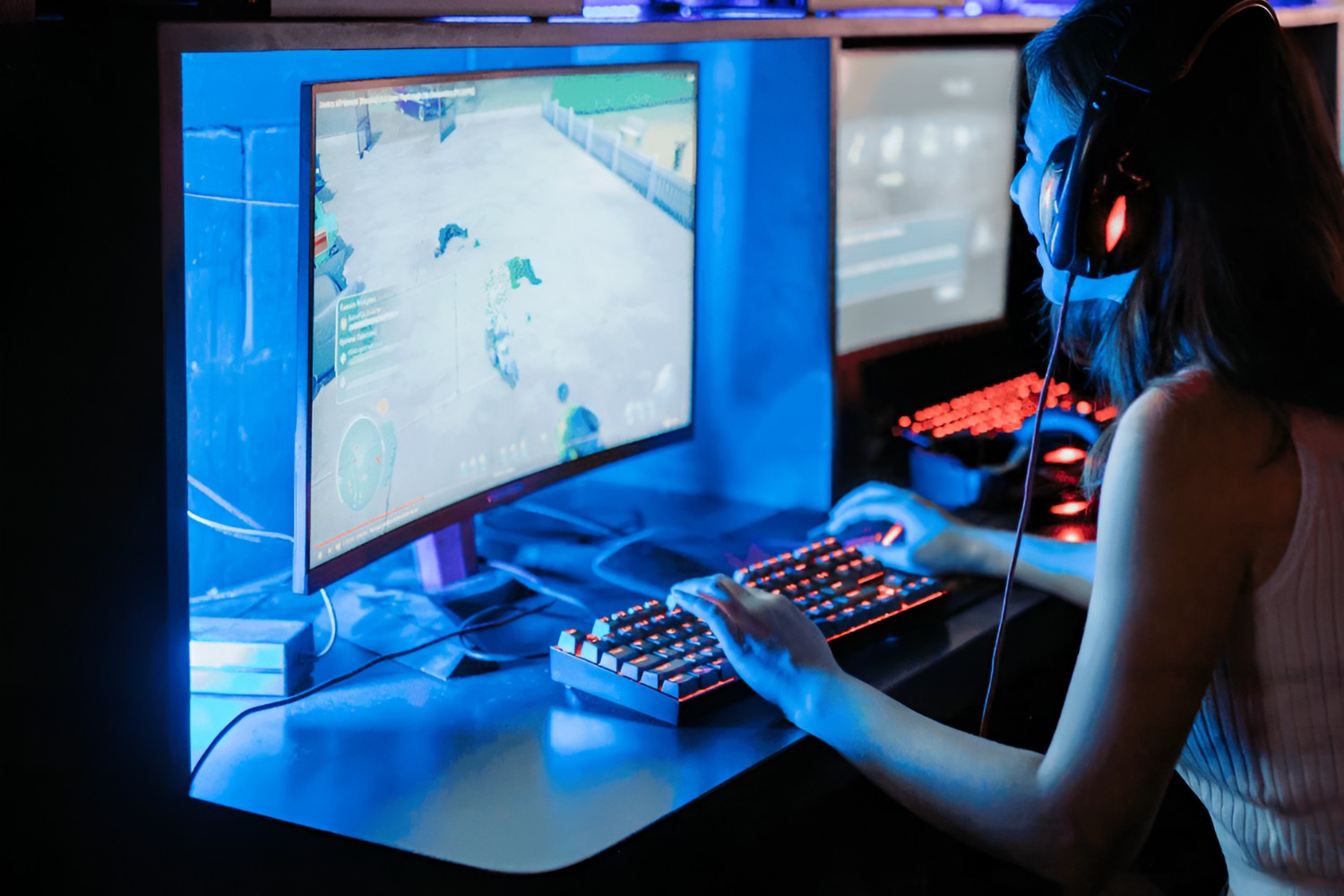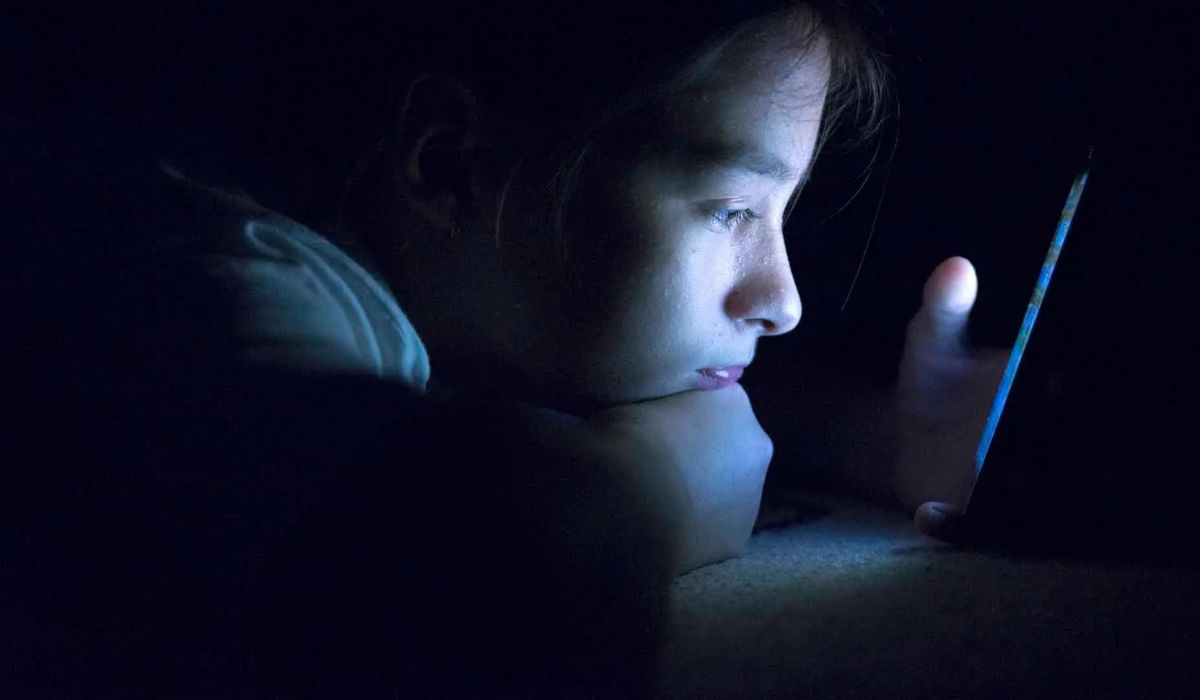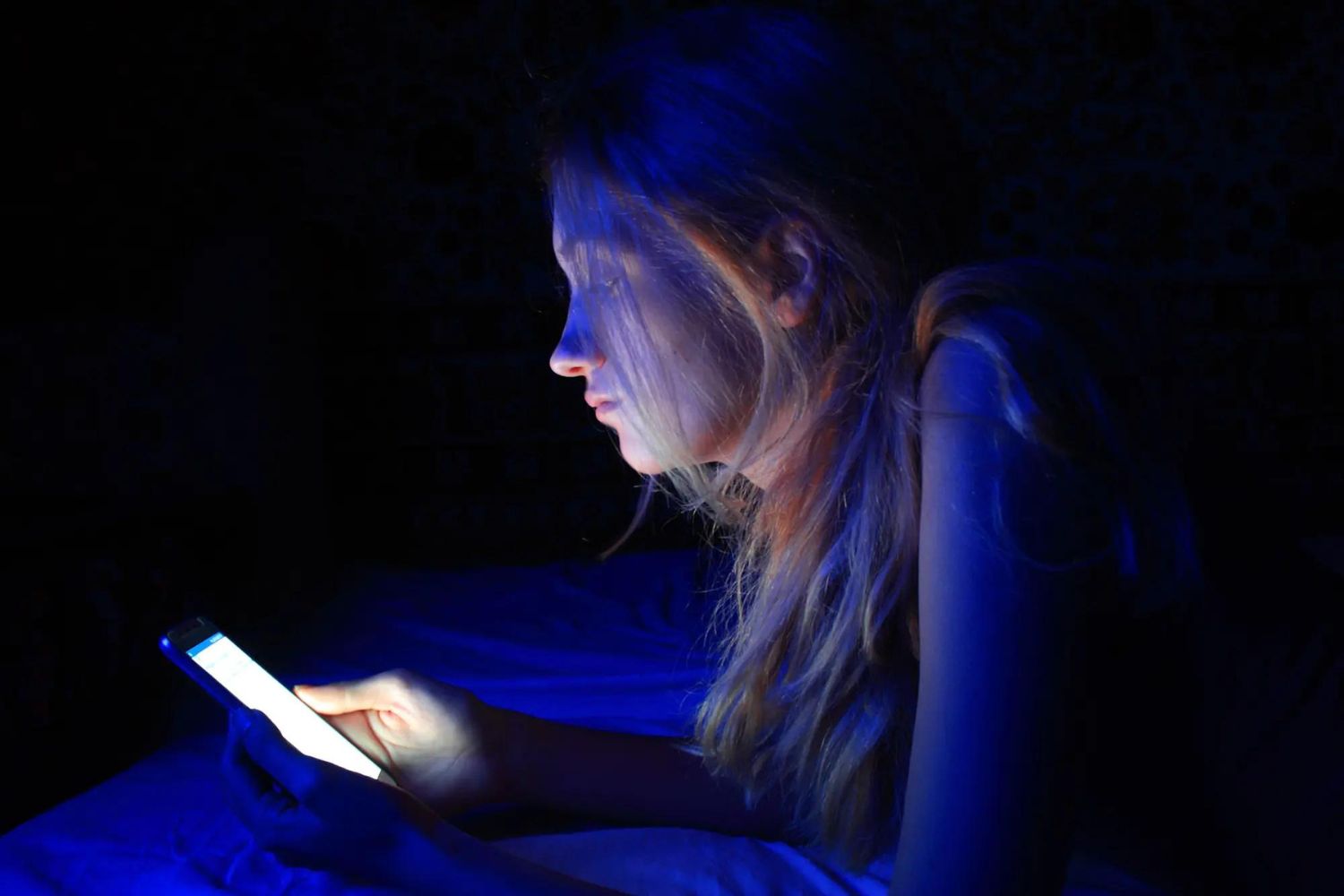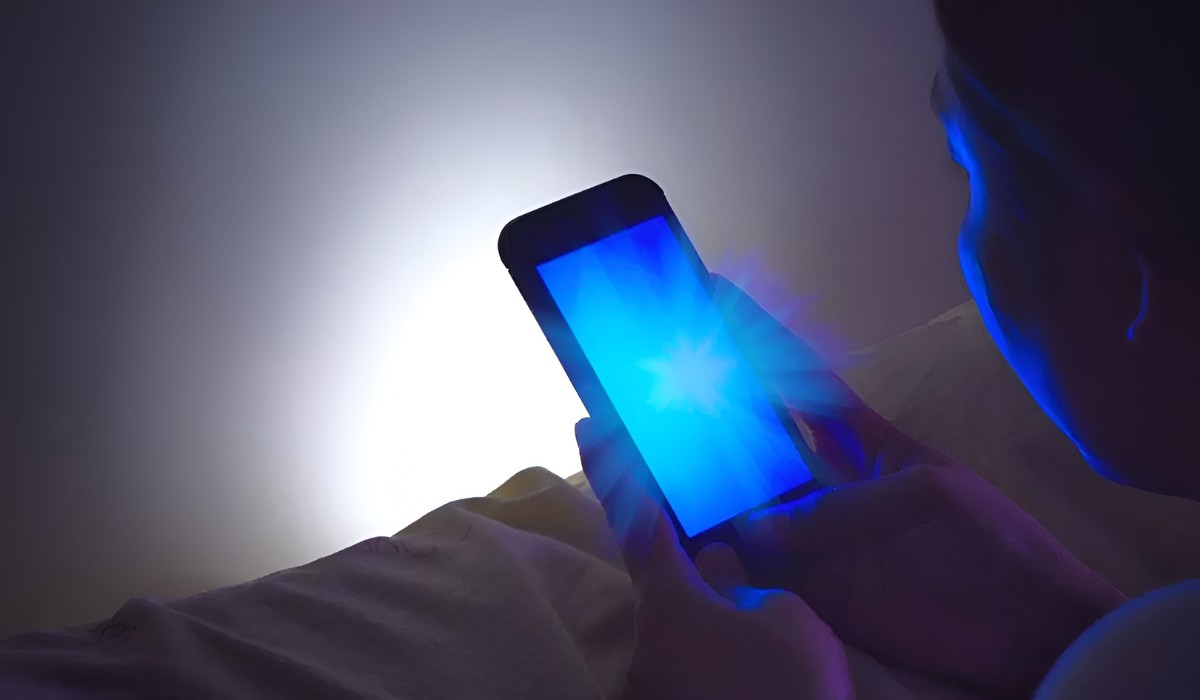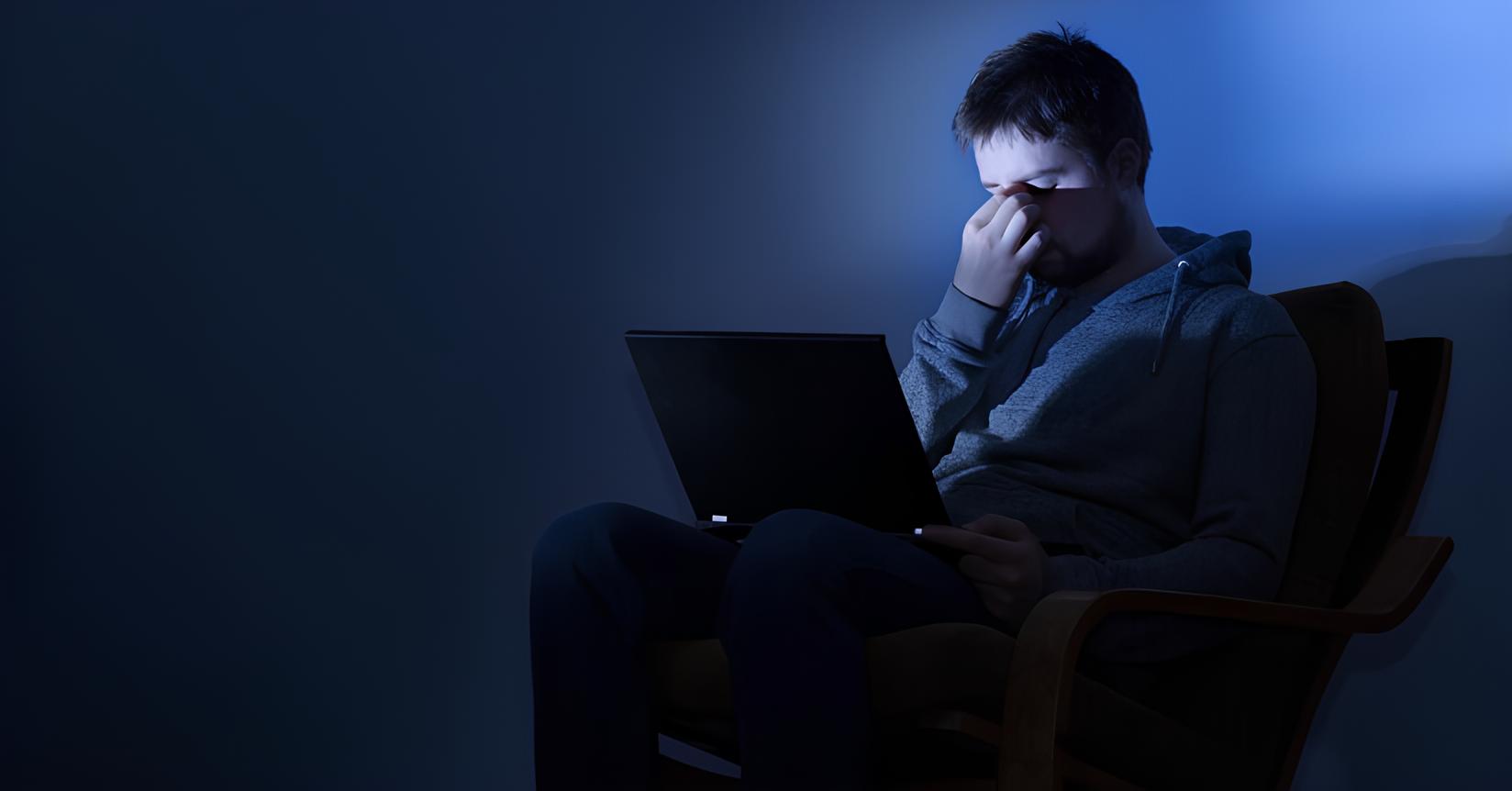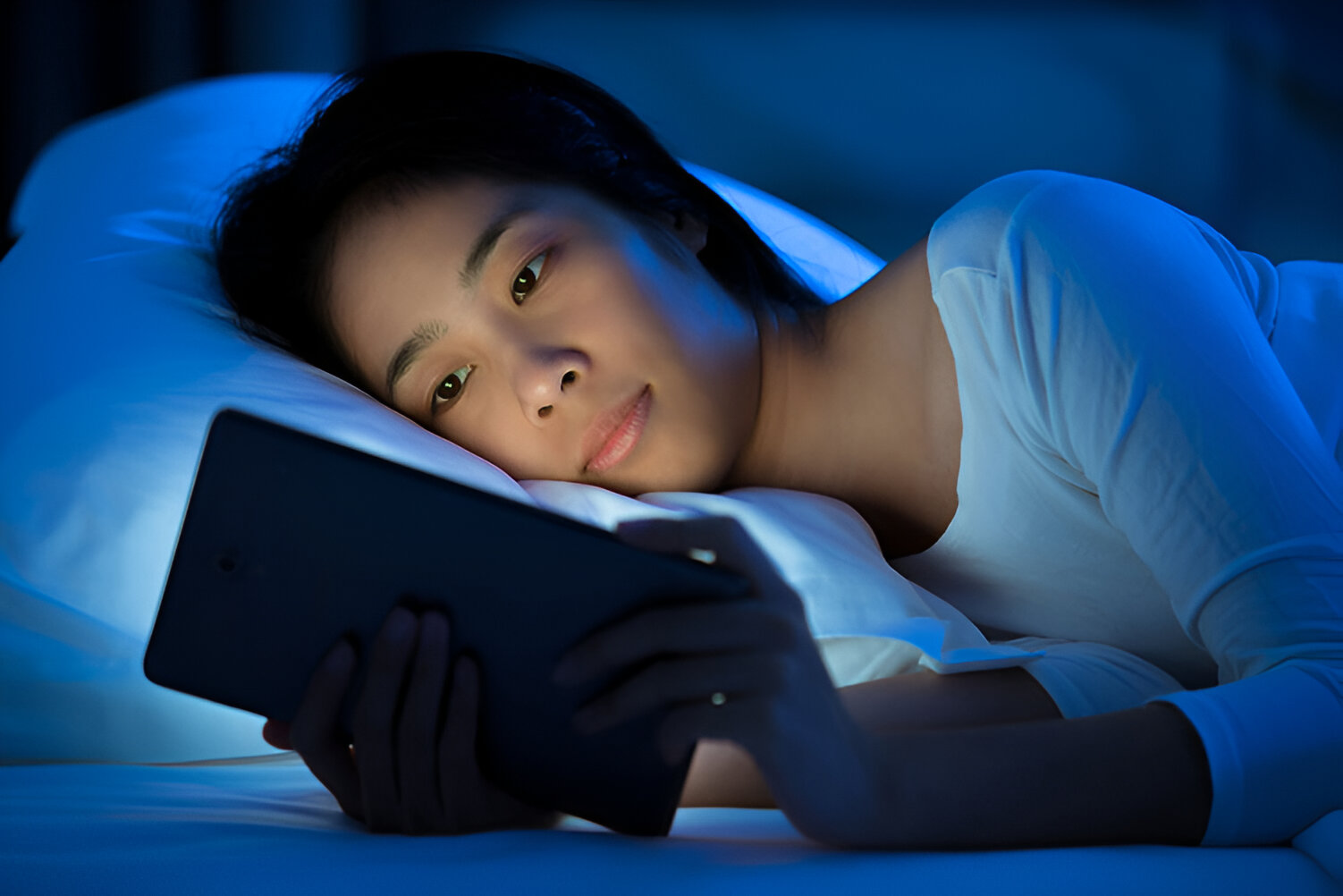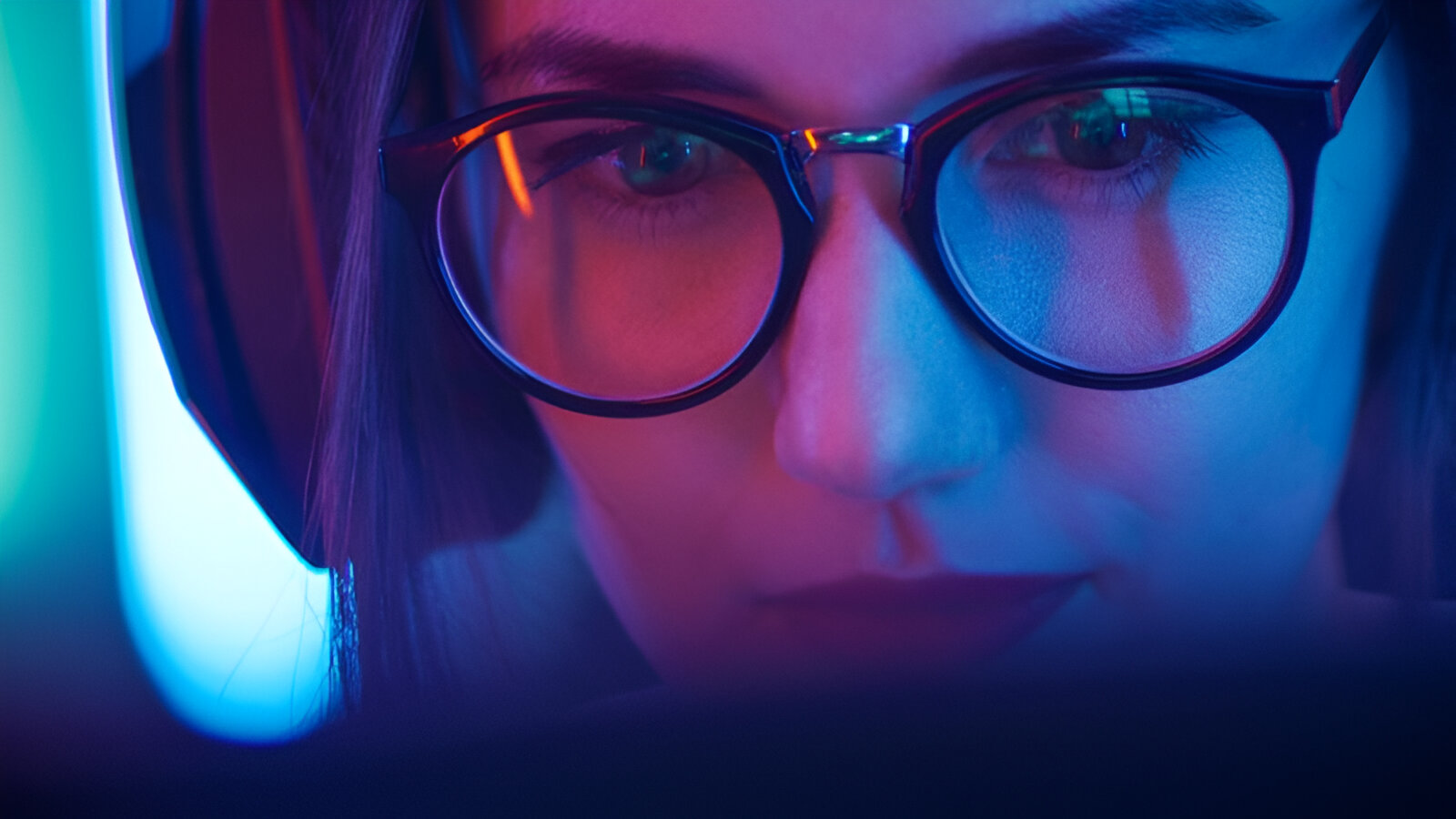Introduction
In today's digital age, our lives are intricately intertwined with technology. From smartphones to laptops, we are constantly exposed to screens that emit blue light. While this light is a natural component of sunlight, the artificial sources of blue light, such as digital screens and energy-efficient lighting, have raised concerns about their potential impact on our well-being.
The prevalence of digital devices in our daily routines has led to prolonged exposure to blue light, which has sparked a growing interest in understanding its effects on our health. As we spend more time in front of screens for work, entertainment, and communication, it's crucial to explore strategies for mitigating the potential negative consequences of excessive blue light exposure.
In this article, we will delve into the world of blue light and its impact on our health. We will explore the potential health effects associated with prolonged exposure to blue light and provide actionable strategies for reducing blue light exposure in our daily lives. By gaining a deeper understanding of blue light and implementing practical solutions, we can strive to achieve a healthier balance between our digital lifestyles and overall well-being.
Understanding Blue Light
Blue light is a high-energy, short-wavelength light that is part of the visible light spectrum. It is emitted by the sun as well as digital screens, LED lighting, and fluorescent bulbs. One of the defining characteristics of blue light is its ability to penetrate deep into the eye, reaching the retina. This unique property has raised concerns about the potential impact of prolonged blue light exposure on eye health and overall well-being.
In natural settings, exposure to blue light during the daytime serves a crucial role in regulating our circadian rhythm, also known as our internal body clock. It helps to boost attention, reaction times, and mood, while also promoting wakefulness. However, the abundance of artificial sources of blue light in our modern environment has led to heightened exposure, especially during evening hours when our bodies are preparing for rest.
The prevalence of digital devices, such as smartphones, tablets, and computers, has significantly increased our daily exposure to blue light. This prolonged exposure, particularly during the evening, can disrupt our circadian rhythm and interfere with the production of melatonin, a hormone that regulates sleep. As a result, excessive blue light exposure has been linked to sleep disturbances and potential long-term health implications.
Furthermore, blue light exposure has been associated with digital eye strain, also known as computer vision syndrome. Prolonged screen time can lead to symptoms such as eye discomfort, dryness, blurred vision, and headaches. The close proximity of digital screens and the continuous focus required when using these devices contribute to the strain experienced by the eyes, further emphasizing the need to understand and address the impact of blue light on our visual health.
As we continue to integrate technology into various aspects of our lives, it is essential to comprehend the properties and effects of blue light. By gaining a deeper understanding of blue light and its potential implications, we can explore effective strategies to mitigate its adverse effects and promote overall well-being in our digital-centric world.
Health Effects of Blue Light Exposure
Prolonged exposure to blue light, particularly from digital screens, has raised concerns about its potential impact on our health. As we immerse ourselves in the digital landscape, it is crucial to understand the various health effects associated with excessive blue light exposure.
Impact on Sleep Patterns
One of the most significant health effects of blue light exposure is its influence on sleep patterns. The artificial sources of blue light, such as smartphones, tablets, and computers, emit high levels of this light, especially during evening hours. This prolonged exposure, particularly in the evening, can disrupt the body's natural circadian rhythm, affecting the production of melatonin, a hormone that regulates sleep. As a result, individuals may experience difficulty falling asleep and obtaining restful sleep, leading to fatigue and decreased cognitive function the following day.
Digital Eye Strain
Another notable consequence of prolonged screen time and blue light exposure is digital eye strain, also known as computer vision syndrome. The continuous focus on digital screens, combined with the close proximity of these devices, can lead to a range of symptoms, including eye discomfort, dryness, blurred vision, and headaches. The eyes are subjected to increased strain, as they work to maintain focus and process the visual information displayed on screens. With the prevalence of digital devices in both professional and personal settings, the incidence of digital eye strain has become a prevalent concern, impacting the visual well-being of individuals across various age groups.
Potential Long-Term Implications
In addition to immediate effects on sleep and visual comfort, there is growing interest in understanding the potential long-term implications of excessive blue light exposure. Research suggests that chronic exposure to blue light may contribute to an increased risk of age-related macular degeneration, a leading cause of vision loss. The cumulative impact of prolonged exposure to blue light, coupled with the widespread use of digital devices from a young age, has prompted investigations into the potential effects on ocular health over the long term.
Overall Well-Being
Beyond specific health concerns, excessive blue light exposure can have broader implications for overall well-being. Disrupted sleep patterns and digital eye strain can lead to decreased productivity, diminished quality of life, and increased stress levels. As individuals strive to maintain a balance between their digital lifestyles and well-being, understanding the health effects of blue light exposure becomes essential in fostering a healthier relationship with technology.
In light of these health effects, it is imperative to explore effective strategies for reducing blue light exposure and mitigating its potential impact on our health and well-being. By implementing practical measures to address these concerns, individuals can strive to achieve a healthier balance in their digital interactions while safeguarding their overall health.
Strategies for Reducing Blue Light Exposure
As the prevalence of digital devices continues to shape our daily routines, it is essential to adopt practical strategies for reducing blue light exposure and mitigating its potential health implications. By incorporating these strategies into our lifestyles, we can strive to achieve a healthier balance between technology usage and overall well-being.
1. Adjust Display Settings:
- Night Mode: Many digital devices offer a night mode or blue light filter feature that reduces the emission of blue light during evening hours. Activating this setting can help minimize the impact of blue light on sleep patterns and alleviate digital eye strain.
- Brightness Control: Lowering the brightness of screens can also contribute to reducing blue light exposure, particularly in dimly lit environments. Adjusting the screen brightness to a comfortable level can lessen the strain on the eyes and mitigate the effects of prolonged screen time.
2. Use Blue Light Filters:
- Screen Protectors: Applying blue light filter screen protectors to smartphones, tablets, and computers can help reduce the amount of blue light emitted by these devices. These specialized protectors are designed to minimize blue light transmission while maintaining screen clarity, offering a practical solution for mitigating blue light exposure.
3. Time Management:
- Screen-Free Breaks: Incorporating regular screen-free breaks into daily routines can help reduce overall blue light exposure. Whether it involves taking short walks, engaging in physical activities, or simply resting the eyes, allocating time away from screens can provide much-needed relief and contribute to a healthier balance.
4. Lighting Considerations:
- Use Warm Lighting: Opting for warm-colored lighting, such as incandescent or warm LED bulbs, in indoor environments can help counterbalance the effects of blue light exposure. By creating a more soothing and natural lighting environment, individuals can minimize the impact of artificial blue light on their visual comfort and circadian rhythm.
5. Blue Light Glasses:
- Invest in Blue Light-Blocking Glasses: Specialized blue light-blocking glasses are designed to filter out a portion of blue light emitted by digital screens. By wearing these glasses during prolonged screen time, individuals can reduce the direct exposure of blue light to their eyes, thereby mitigating the risk of digital eye strain and potential sleep disturbances.
6. Screen Time Awareness:
- Limit Screen Time Before Bed: Establishing a habit of reducing screen time, particularly from digital devices, before bedtime can support healthier sleep patterns. By minimizing exposure to blue light in the evening, individuals can promote the natural production of melatonin and improve the quality of their sleep.
By integrating these practical strategies into our daily lives, we can proactively address the challenges posed by excessive blue light exposure. From adjusting display settings and utilizing blue light filters to managing screen time and incorporating blue light glasses, these strategies offer actionable steps for reducing blue light exposure and promoting overall well-being in our digital-centric world.
Conclusion
In the digital era, where technology plays a central role in our lives, the impact of blue light exposure on our health and well-being has garnered significant attention. From disrupting sleep patterns to contributing to digital eye strain, the consequences of prolonged exposure to blue light have prompted a critical examination of our interactions with digital devices. As we navigate the complexities of modern technology, it is essential to recognize the importance of implementing strategies to reduce blue light exposure and safeguard our overall health.
By gaining a deeper understanding of blue light and its effects, individuals can make informed decisions about their technology usage. The insights into the potential health implications of blue light exposure serve as a catalyst for proactive measures aimed at mitigating its adverse effects. From adjusting display settings and utilizing blue light filters to managing screen time and investing in blue light-blocking glasses, a range of practical strategies empowers individuals to take control of their digital interactions while prioritizing their well-being.
The significance of addressing blue light exposure extends beyond individual well-being to encompass broader societal implications. As digital devices become ubiquitous in educational, professional, and personal spheres, the collective impact of reduced blue light exposure can contribute to improved sleep quality, enhanced visual comfort, and overall wellness for individuals across diverse age groups and lifestyles. By embracing these strategies, individuals can strive to strike a harmonious balance between their digital engagements and the preservation of their health.
In conclusion, the proactive management of blue light exposure represents a pivotal step toward fostering a healthier relationship with technology. Through the integration of practical strategies and a heightened awareness of the potential health effects of blue light, individuals can navigate the digital landscape with greater mindfulness and well-being. By embracing these strategies, we can embark on a journey toward a more balanced and sustainable approach to technology usage, where the well-being of individuals remains at the forefront of our digital evolution.









